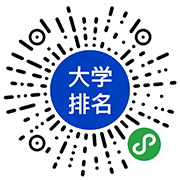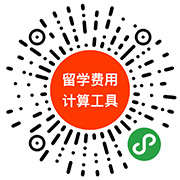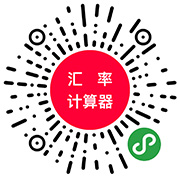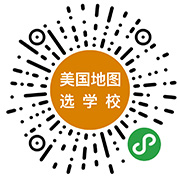剑桥大学利用激光加工工艺,可以快速加工出组合的纳流体和微流体器件。纳流体器件可以实现在单分子水平上观察生物过程,但是目前器件的加工都比较缓慢和昂贵。立思辰留学云了解到,在这项研究中,英国剑桥大学Tuomas Knowles团队利用传统的掩模和激光技术,将光敏材料制作成微米尺寸和纳米尺寸流道器件。他们使用显微镜和染料的单分子跟踪来测试器件的功能,并设计了将纳流体器件与已有的微流体器件集成在一起的方法。该团队表示,进一步的研究将会优化他们的工作,他们希望这项研究能为纳流体器件提供可靠和灵活的新加工方法。
A laser-based manufacturing process can produce combined nanofluidic and microfluidic devices in a rapid and scalable manner. Nanofluidic devices allow for the observation of biological processes at the single-molecule level, but current fabrication methods are slow and costly. In this article, Tuomas Knowles and his team from the UK’s University of Cambridge used conventional light-blocking masks and laser technology to craft a light-sensitive material into devices with micron to nano-sized channels. The researchers used microscopy and single-molecule tracking of dyes to verify the functionality of the final imprinted device, which also demonstrates the integration of nanofluidic channels into existing microfluidics designs. The team says that further research may optimize their new platform, which they hope will offer a reliable and flexible pathway for nanofluidic device fabrication.









 高考后申请英国留学
高考后申请英国留学 英国留学奖学金申请
英国留学奖学金申请 英国留学硕士申请
英国留学硕士申请 高考后英国留学申请
高考后英国留学申请







 牛津大学
牛津大学 帝国理工学院
帝国理工学院 伦敦大学学院
伦敦大学学院 爱丁堡大学
爱丁堡大学 曼彻斯特大学
曼彻斯特大学

